Modernist 100.
The Modernist 100 list is a work in progress. It is an on-going documentation of the significant modernist buildings in Singapore. Do you see any significant building or landscape missing from this list? Please let us know here.
There is a large number and great diversity of buildings in Singapore that can be considered as modern. By modern, we are referring to not just architectural aesthetics but also constructional and environmental techniques, socio-economic processes, cultures, and political rationalities. The quantity and diversity are rooted in Singapore’s short but vibrant history variously as a colonial port city, a post-independent developmental state, and a contemporary global city. In this short introduction of the inventory list, we provide a brief sketch of how the shortlisted modernist buildings help to bring this rich socio-cultural history to life. Read the full statement >
This list is the result of 2019 mASEANa conference with the support of: Singapore Heritage Society
mASEANa Project NUS Department of Architecture
View by:
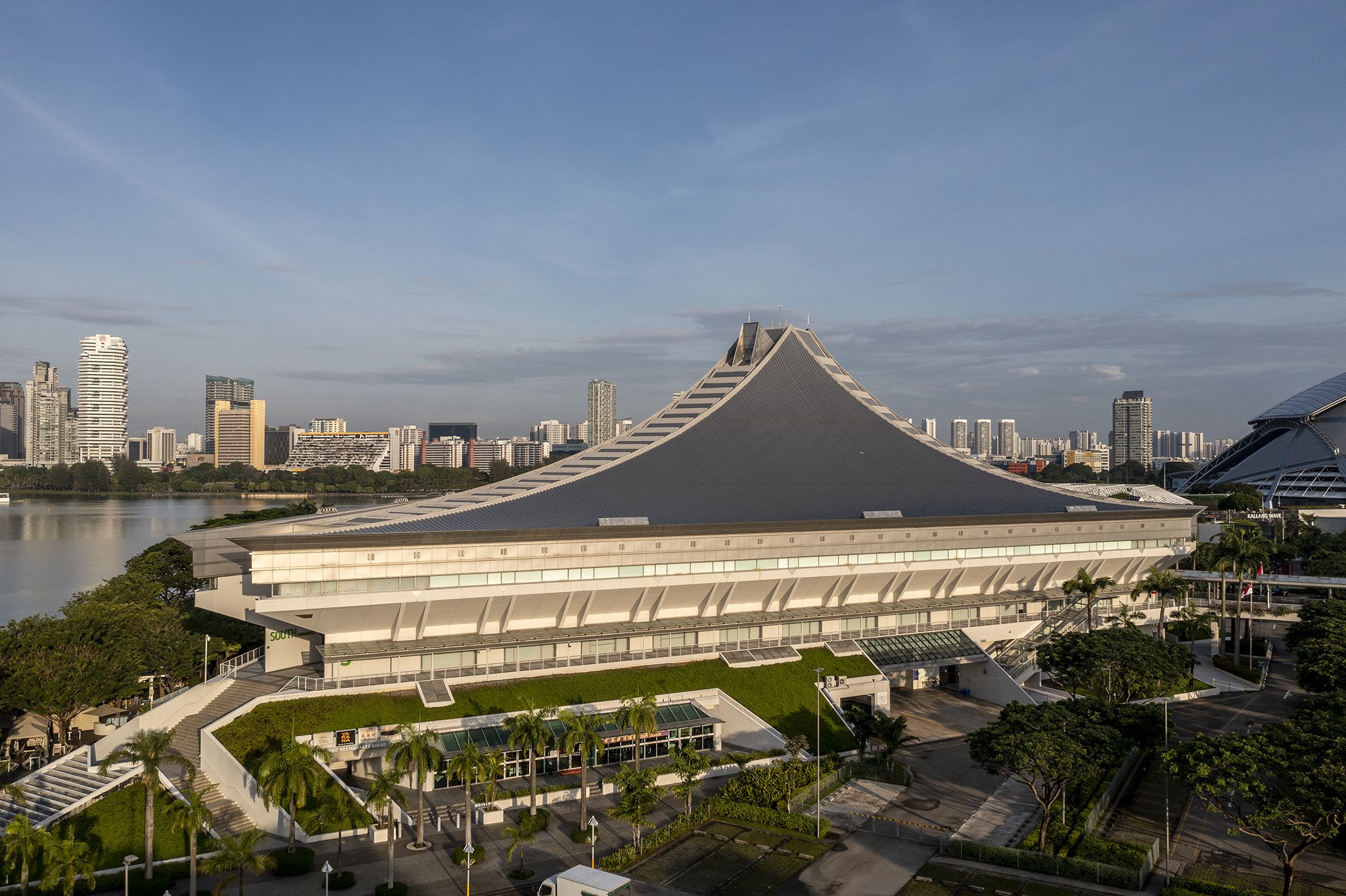
Singapore Indoor Stadium
Year: 1989
Architect: Kenzo Tange Associations (KTA)

Yan Kit Swimming Pool
Year: 1952
Architect: W. Irving Watson, City Council

Former Singapore Badminton Hall
Year: 1952
Architect: Ng Keng Siang
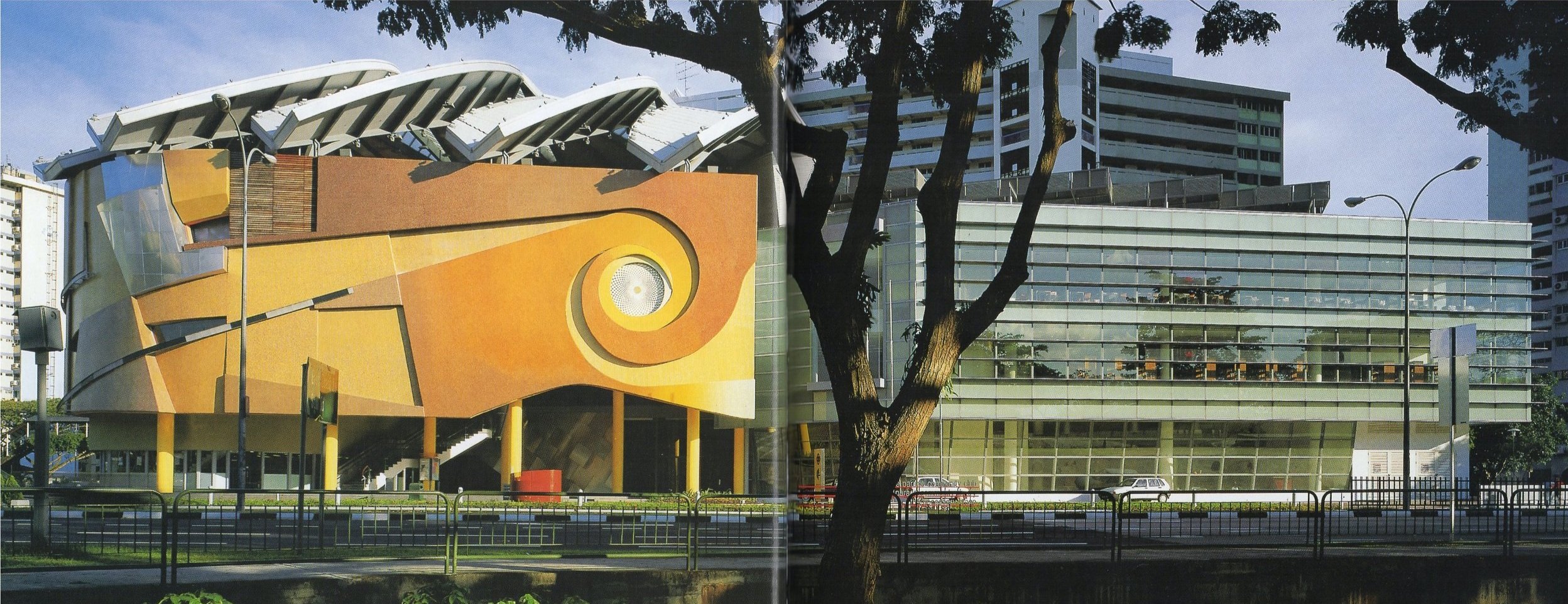
Marine Parade Community Building
Year: 1999
Architects: William Lim Associates
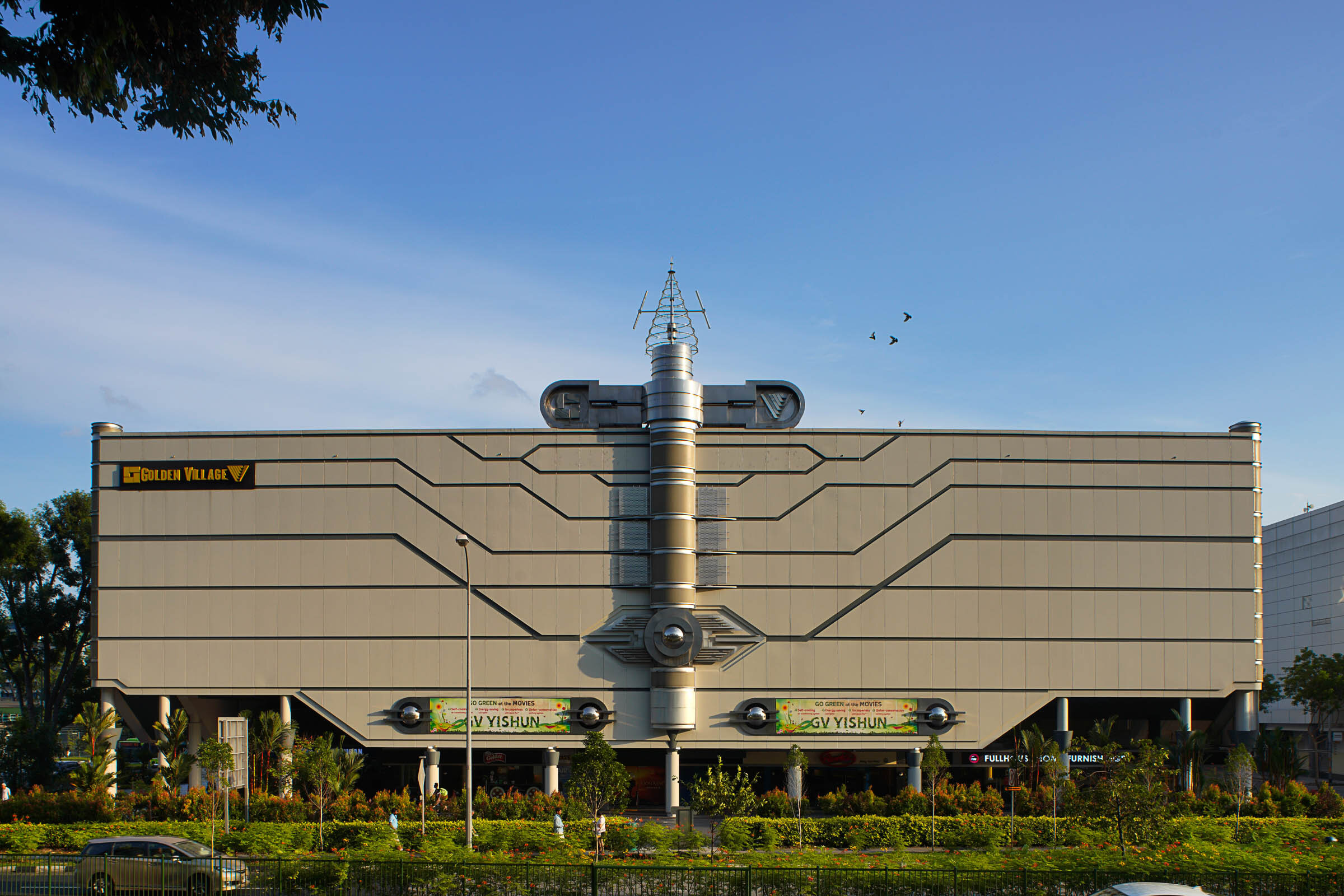
Yishun 10
Year: 1992
Architect: Geoff Malone

63-66 Yung Kuang Road
Year: c. 1973
Architects: Jurong Town Corporation
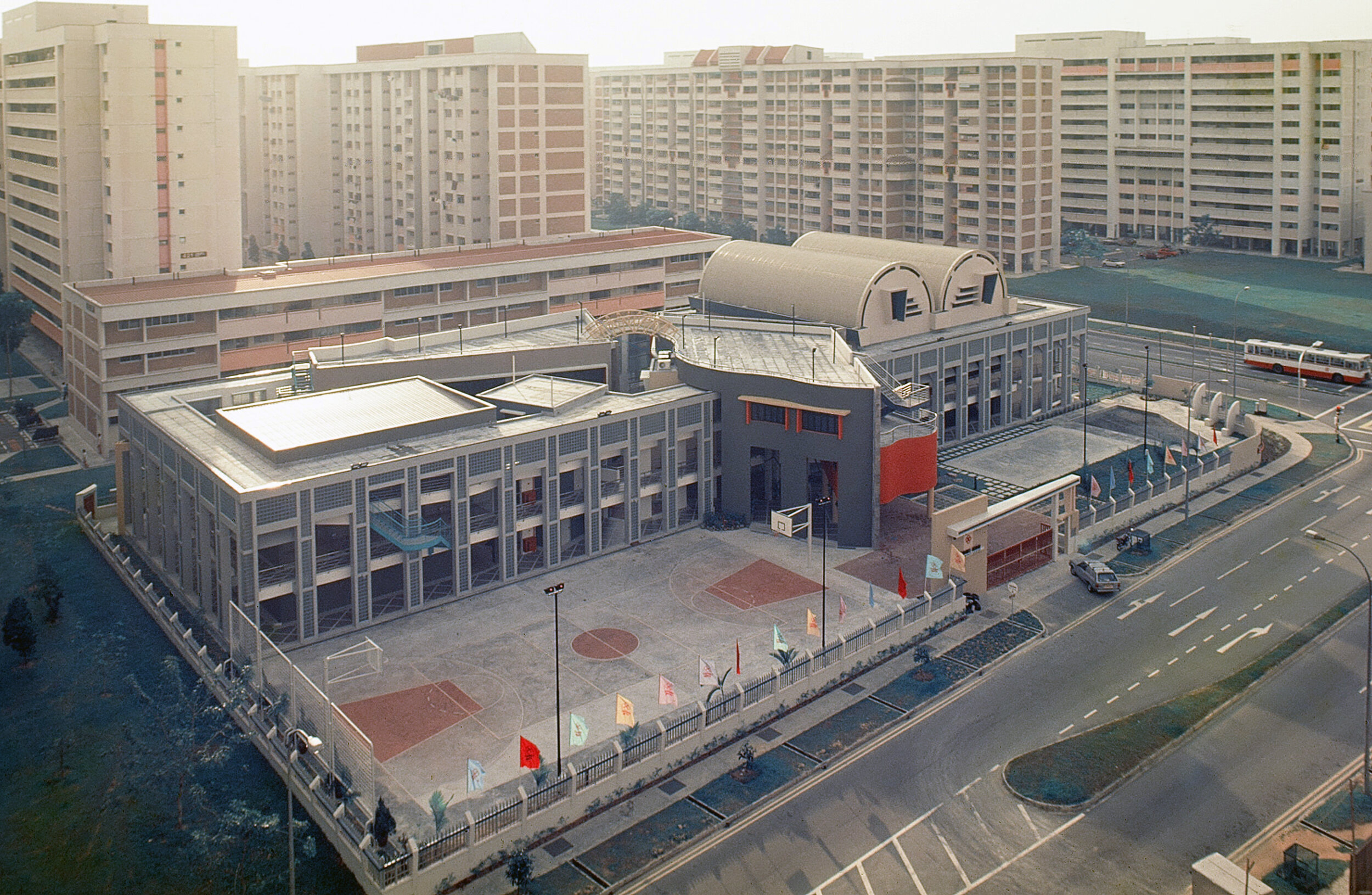
Tampines North Community Club
Year: 1989 (Completed); 1992 (Extension)
Architects: Mok Wei Wei and William Lim, William Lim Associates

Jurong Hill Lookout Tower
Year: 1969
Architects: Jurong Town Corporation
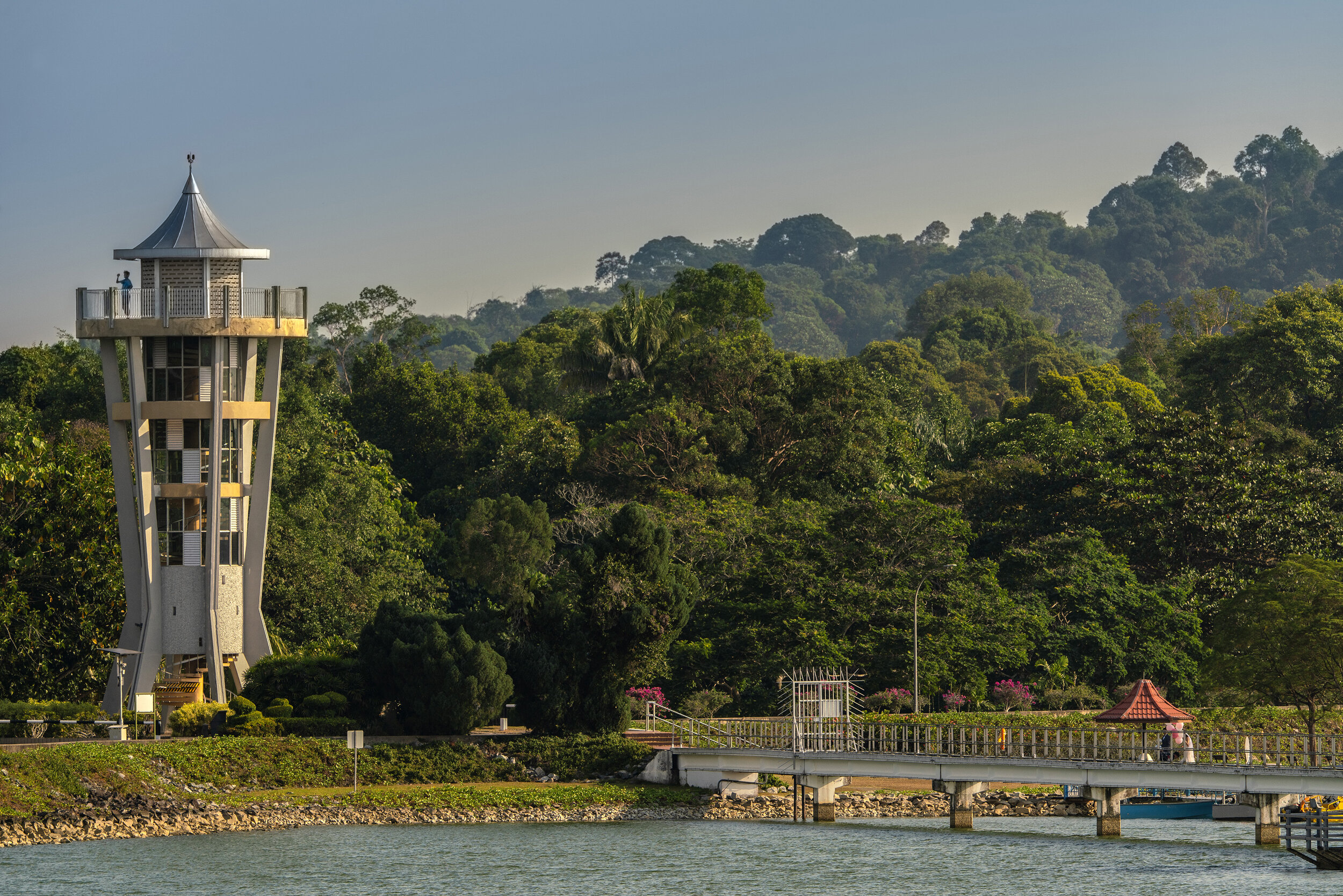
Seletar Reservoir Lookout Tower
Year: 1969
Architects: Public Works Department
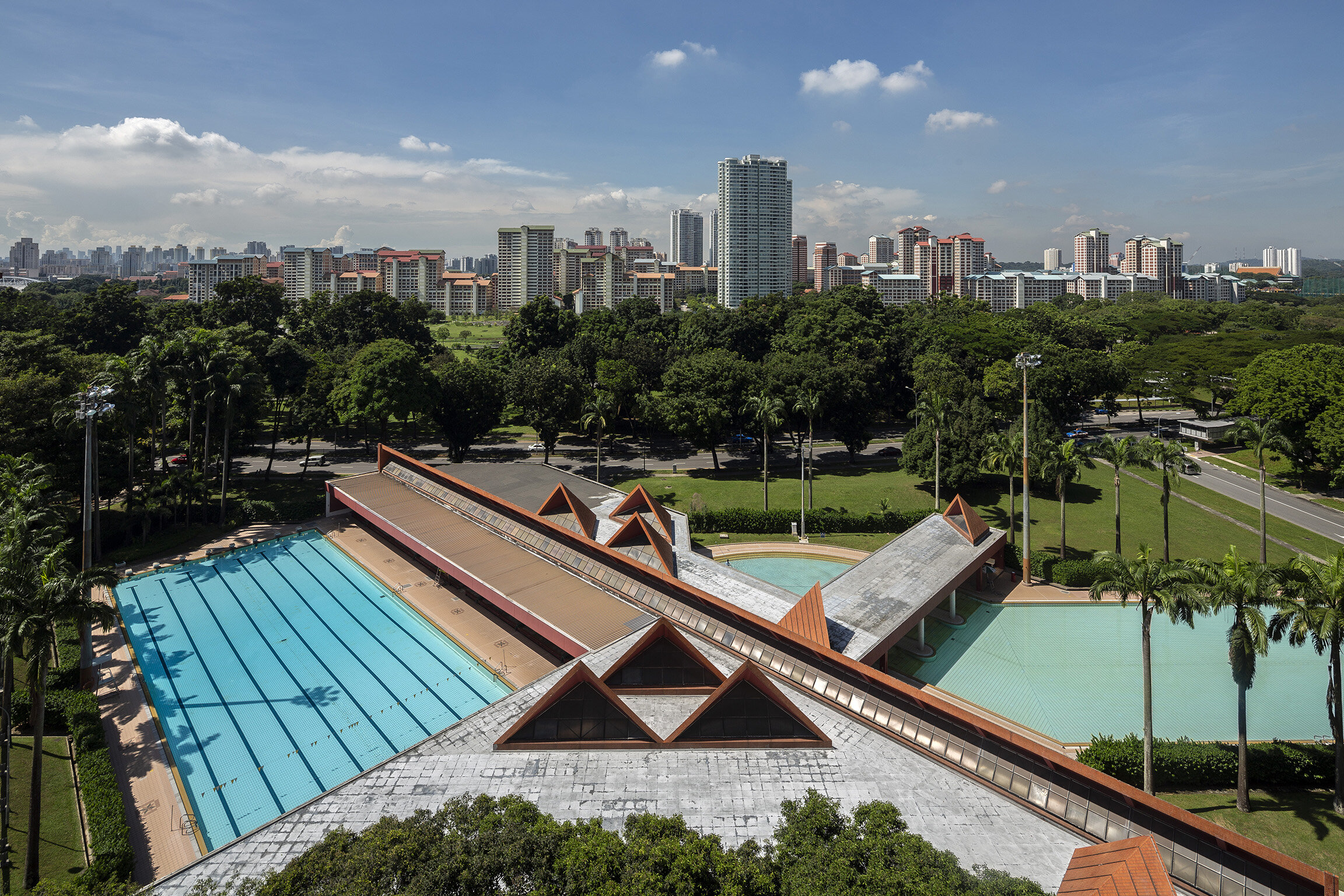
Ang Mo Kio Swimming Complex
Year: 1982
Architect: Housing and Development Board

HDB Playgrounds
Year: 1970s
Architect: Housing and Development Board
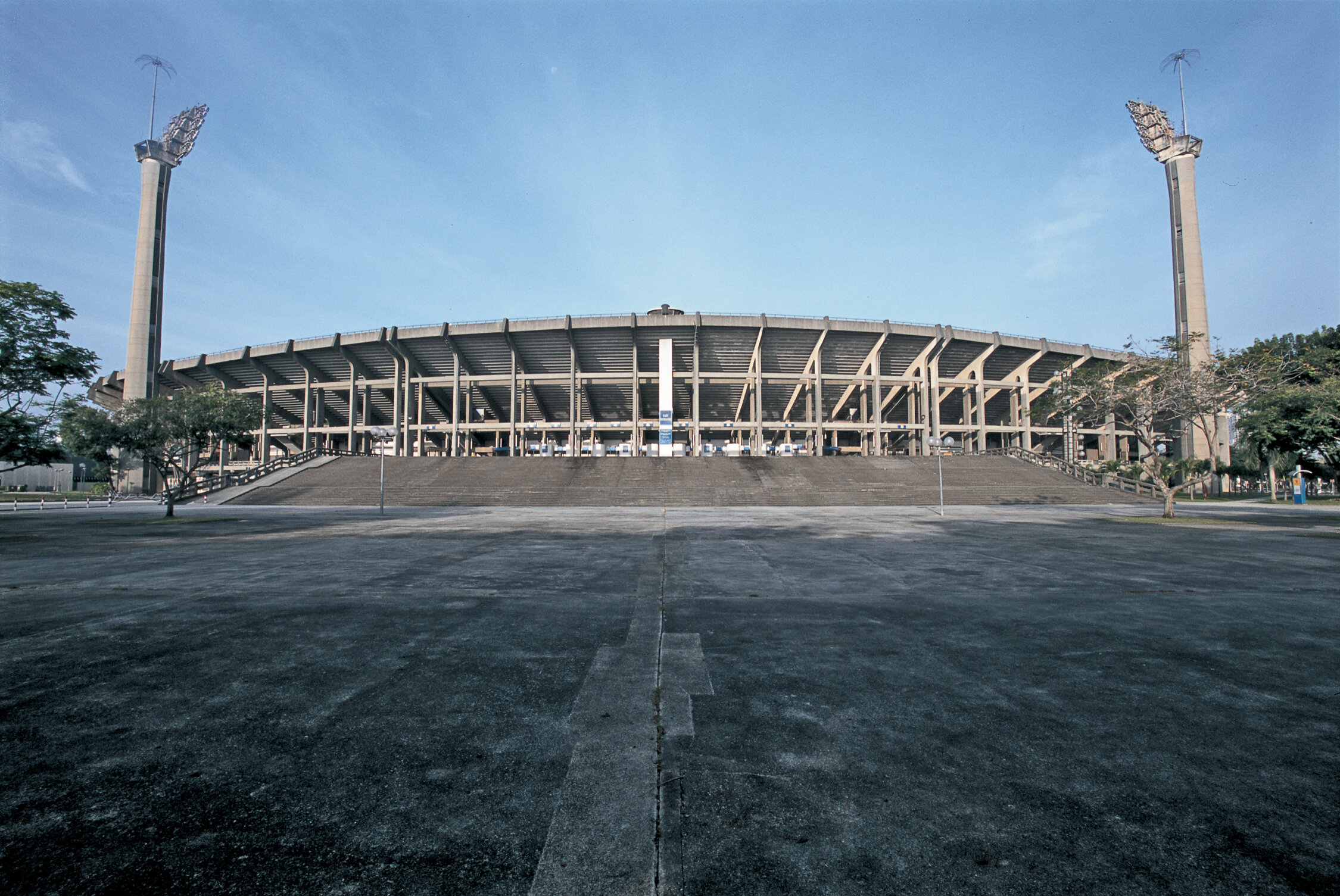
Former National Stadium
Year: 1973
Architect: Public Works Department
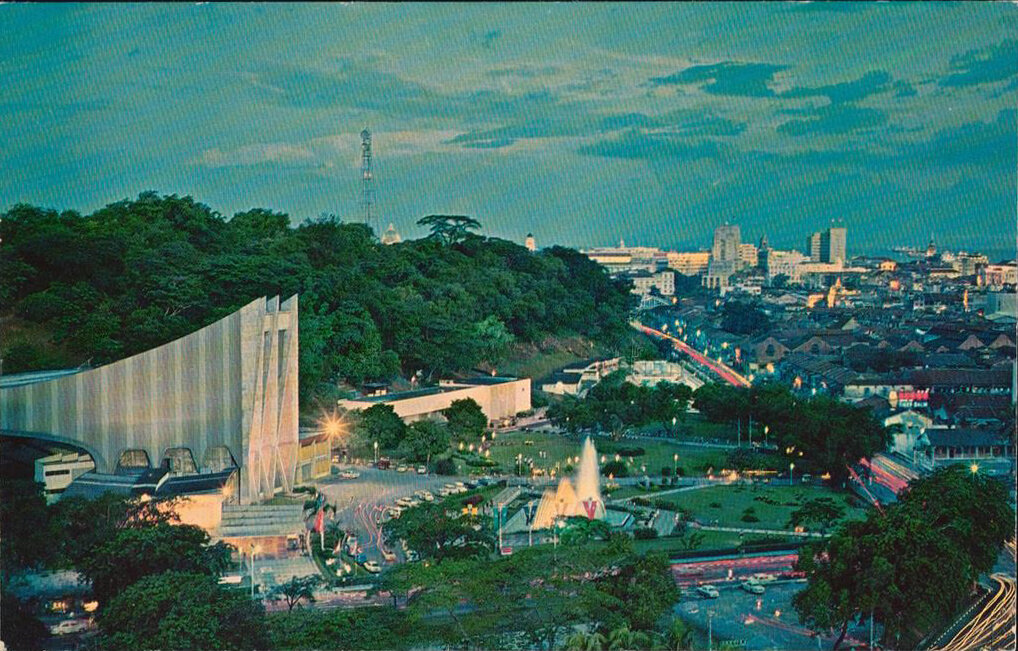
National Theatre
Year: 1963
Architect: Alfred Wong of Alfred Wong Partnership
* The difference between a building being “threatened” and “not conserved” is not always a clear cut one. For this website, we classify a building as being “threatened” under a few circumstances—1. when it has been put up for sale by its owner(s) and there is a likelihood that it might be demolished in the name of redevelopment, 2. when it has been left empty and without tenants for a while and might be awaiting redevelopment, and/or 3. when a notice for demolition and redevelopment has been put up.


